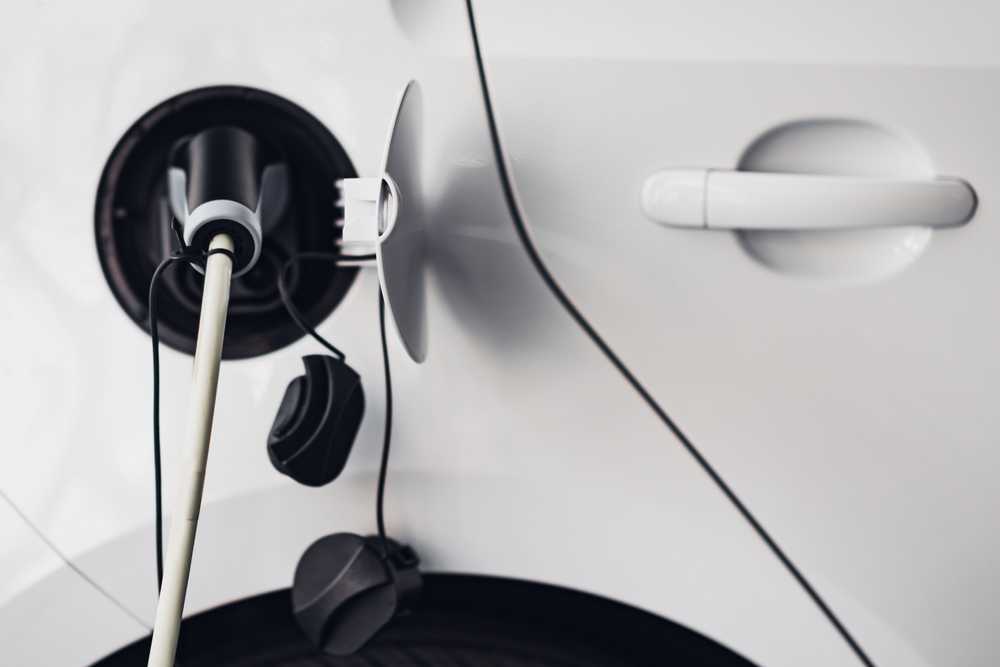What Are The EV Charging Standards

Each vehicle will have a specific charging standard based on the manufacturer and region of sale. The availability of charging stations for each standard can also vary greatly by region. In Australia the accepted standard for AC charging is Type 2 and support all DC charging standards with CCS and Tesla been the common standards supported.
Type 1: (SAE J1772 or J plug): This is a 5-pin plug that supports single-phase AC charging up to 7.4 kW. It’s primarily used in North America and some Asian countries. Some early EV models in Australia also used this standard.
Type 2: (IEC 62196 or Mennekes): This is a 7-pin plug that supports single-phase and three-phase AC charging up to 22 kW, and is the most common standard in Europe and Australia. Many public charging stations in these regions use the Type 2 standard, and it is also common for home charging.
CHAdeMO: This is a DC fast charging standard that supports up to 50 kW, and up to 150 kW in its latest version (as of 2021). It was developed in Japan and is used by manufacturers such as Nissan and Mitsubishi.
CCS (Combined Charging System): This standard adds two DC pins to the Type 1 or Type 2 plug, allowing for both AC and DC charging with the same port. CCS supports DC fast charging up to 350 kW. It’s used by most European and American manufacturers, including BMW, VW, GM, and Ford.
Tesla Supercharger: This is a proprietary DC fast charging standard used by Tesla. It can support up to 250 kW in its latest version (V3, as of 2021). Tesla vehicles in North America use a proprietary plug, while in other regions like Europe and Australia, they use a modified Type 2 plug.
GB/T: This is the national standard in China for both AC and DC charging. It’s used by all manufacturers selling EVs in China.
Please note, AC charging is typically used for home and workplace charging (where vehicles can be charged overnight or throughout the day), while DC fast charging is typically used for public charging stations where the goal is to charge the vehicle as quickly as possible.